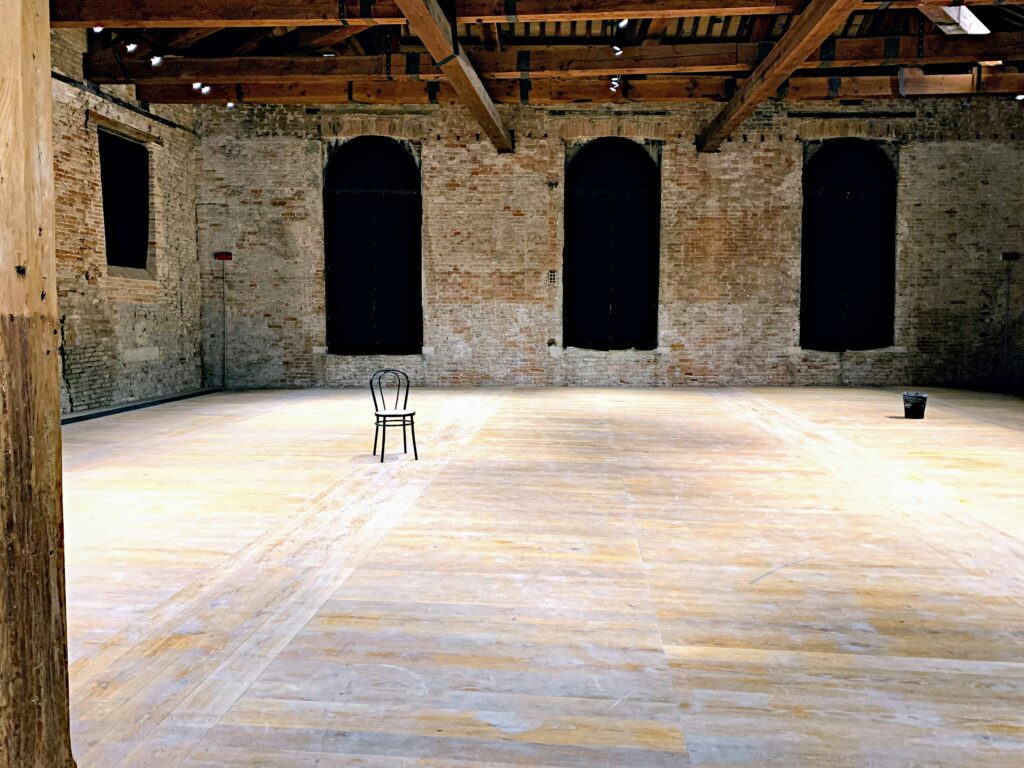Start Now in Minutes!
Just create a ezeep Blue account and connect your printers with our Connector or ezeep Hub to get started.
Coworking spaces are booming – more and more companies, startups, and freelancers are opting for flexible work environments instead of traditional offices. But how much space is actually needed to operate a successful coworking space? In this post, you’ll learn about the key factors to consider when planning and why striking a balance between well-utilized areas and quiet work zones is so important.

Over the past few years, the number of new coworking spaces has been on the rise worldwide. The demand for collaboration, flexibility, and an attractive environment remains strong. A growing trend is hybrid concepts that combine communal areas, focus rooms, and event spaces. Anyone planning a space today should keep future growth in mind and develop a concept that can adapt to different requirements.
As a general rule of thumb, plan for around 12 to 15 square meters (approx. 130–160 sq. ft.) per person, depending on the type of workstations. Classic individual workstations with a desk may need more space, while open zones or lounge areas require less space per person. It’s also important to include a buffer in case your space becomes more popular, or you want to offer additional options like workshops and events.
Furthermore, in the United States, the Occupational Safety and Health Administration (OSHA) guidelines set a legal framework that coworking spaces should follow. For instance, it specifies requirements for minimum workspace dimensions, air quality, lighting, and mandatory safety measures. Other countries have similar regulations, such as Arbeitsstättenverordnung (ArbStättV) guidelines in Germany or the Health and Safety Executive (HSE) standards in the United Kingdom. In Spain, laws such as Real Decreto 486/1997, which defines minimum health and safety requirements in the workplace, are in place.
By familiarizing yourself with the relevant regulations in your country and incorporating them into your planning, you can ensure compliance with both health and legal standards. This way, your community will thrive in a safe and professional work environment.
High occupancy isn’t worth much if coworkers are constantly distracted. Many operators therefore rely on a mix of open areas and private spaces. This allows you to provide enough desks while still offering quiet zones for focused work, phone calls, or video conferences. Clear zoning and well-thought-out floor plans are essential here.
In addition to space for workstations, communal facilities are just as important:
Depending on the size of your coworking space, fire protection regulations, escape routes, and other safety requirements play a major role. Be aware of minimum standards for lighting, ventilation, and ceiling height. Consulting with architects or local authorities is advisable to comply with all regulations and avoid unpleasant surprises.
The right amount of space in a coworking environment heavily depends on your concept, community, and local conditions. As an operator, you should find a balance between maximum occupancy and providing enough room for focused work. A well-designed space that meets legal requirements will benefit both your coworkers and you as the operator. Always remember to keep your space flexible so you can respond quickly to emerging trends and a growing user base.
Just create a ezeep Blue account and connect your printers with our Connector or ezeep Hub to get started.